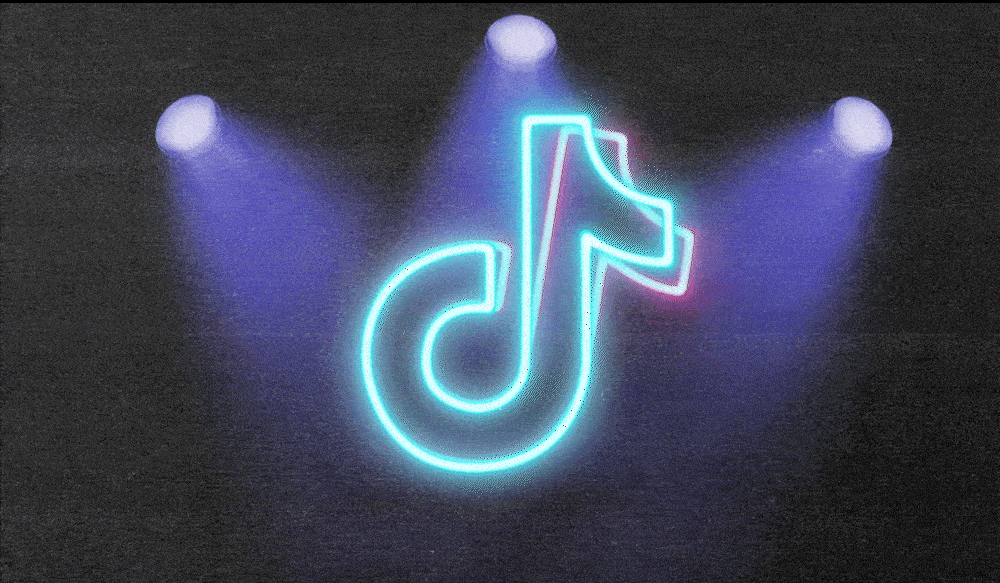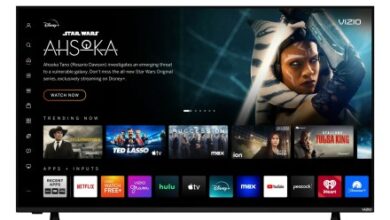TikTok moves toward ‘performance automation vision’ with latest machine learning ad tools

By Krystal Scanlon • May 22, 2024 •

Ivy Liu
TikTok’s latest machine learning ad solutions are proof that the platform wants to automate as much of its advertising as possible.
The product, dubbed Performance Automation, was announced at the platform’s fourth annual TikTok World product summit today — its first official summit since Biden signed the TikTok “divest or sell” bill last month, and subsequently the entertainment app took the U.S. government to court to appeal.
It’s safe to say TikTok wants advertisers to believe it’s not entertaining the idea of being booted out of the U.S. anytime soon. If that wasn’t already obvious during its NewFront earlier this month, this latest announcement makes it clearer that it’s business as usual for the platform right now. Or at least trying to make it as clear as possible that advertisers can park their contingency plans and keep spending on TikTok.
“TikTok is actively working to keep marketers engaged and on the platform despite the legislative challenges,” said Traci Asbury, social investment lead at Goodway Group. “They [TikTok] have complete confidence in their upcoming legal appeals and are actively encouraging marketers to keep adopting best practices and usage of the platform’s capabilities to make positive impacts on their businesses.”
What is Performance Automation, and how does it work?
Well, you probably already know about TikTok’s Smart Performance Campaign, which was launched last year. The campaign uses “semi-automation capabilities” including auto-targeting, auto-bidding and auto-creative.
But Performance Automation, which is still in early testing, goes one step further, by automating more of the process, including the creative. With this campaign, advertisers input the necessary assets, budget and goals, and TikTok’s predictive AI and machine learning will select the best creative asset, to ensure the best campaign is put in front of the right customer at the right time. As a TikTok spokesperson confirmed, the platform is moving toward a “performance automation vision” and this latest product is the next step on that journey.
And that’s not all. The platform has also launched a similar capability for its TikTok Shop, dubbed TikTok Shop Marketing Automation. Like Performance Automation, this works by automating bidding, budgeting, ad management and creative for TikTok Shop products. Since TikTok Shop is only available in select regions, this latest product is currently rolled out in South-East Asia, and in testing in the U.S.
Ohio-based health and wellness brand Triquetra Health is one of those early testers. According to Adolfo Fernandez, global product strategy and operations at TikTok, the brand already achieved 4x their return on investment in TikTok Shop within the first month of using this new automation product, and increased sales on the platform by 136%. He did not provide exact figures.
To be clear, Performance Automation and TikTok Shop Marketing Automation aren’t their official names. These are just temporary identities the platform is using until they roll out the products officially.
Still, all sounds familiar? That’s because it is. Performance Automation is similar to what the other tech giants have been doing for a while now, and what TikTok started to dabble in with its Smart Performance Campaign last year. Think Google’s Performance Max, Meta’s Advantage+ and now even Amazon’s Performance+ — they all play a similar role for their respective platforms. TikTok just joining the pack simply confirms that automation is the direction that advertising as an industry is heading.
In many ways, this was inevitable. Meta, Google et al have amassed billions of ad dollars over the years by making it as easy as possible for marketers to spend on their ads. From programmatic bidders to attribution tools, the platforms have tried to give marketers fewer reasons to spend elsewhere. Machine learning technologies that essentially oversee campaigns are the latest manifestation of this. Sooner or later TikTok was always going to make a move.
Still, there are concerns aplenty over how these technologies work — they are, after all, the ultimate “set it and forget it” type of campaign. Marketers hand over the assets and data they want the platform to work with, and the technology takes it from there. That’s it. Marketers have no way of knowing whether these campaigns are doing what the platform says they’re doing because they’re unable to have them independently verified. It remains to be seen whether TikTok’s own effort will take a similar stance or break with tradition.
Speaking of measurement, TikTok is also launching unified lift — a new product which measures TikTok campaign performance across the entire decision journey, using brand and conversion lift studies. KFC Germany has already tried it out and drove a 25% increase in brand recall and saw an 81% increase in app installs, according to Fernandez, without providing exact figures.
What else is new?
Among the other announcements were:
- TikTok One: a centralized home where advertisers can access TikTok’s pool of nearly 2 million creators, agency partners as well as creative tools.
- TikTok Symphony: a creative AI suite, which aims to provide marketers with even more efficiency through script writing, video production and optimizing assets.
- Plus a couple of entertainment experiences including interactive add-ons for TopView – advertisers can add pop-out elements and countdown stickers to their TikToks, as well as Duet with branded mission: which allows brands to invite TikTok creators to duet with their branded mission videos.
Where are marketers’ heads at?
Well for now, nothing much has changed. Marketers have contingency plans in place, but that’s just standard business practice. Beyond that, everything as far as TikTok goes is pretty much business as usual.
Colleen Fielder, group vp of social and partner marketing solutions at Basis Technologies said her team is not actively recommending any of their clients discontinue spending on TikTok. They’re continuing to include the platform on proposals.
“We knew TikTok was going to sue the U.S. government, and that may push this 9-12 month timeline even further back, which gives us a longer lead time to continue running on TikTok and / or identify alternative platforms as needed,” she said.
For Markacy, it’s a similar state of play. “We have a loose partnership with digital media company Attn, which is heavily invested in TikTok,” said Tucker Matheson, co-CEO of the company. “They’re still getting big proposals for work, which is a positive sign.”
https://digiday.com/?p=545577



